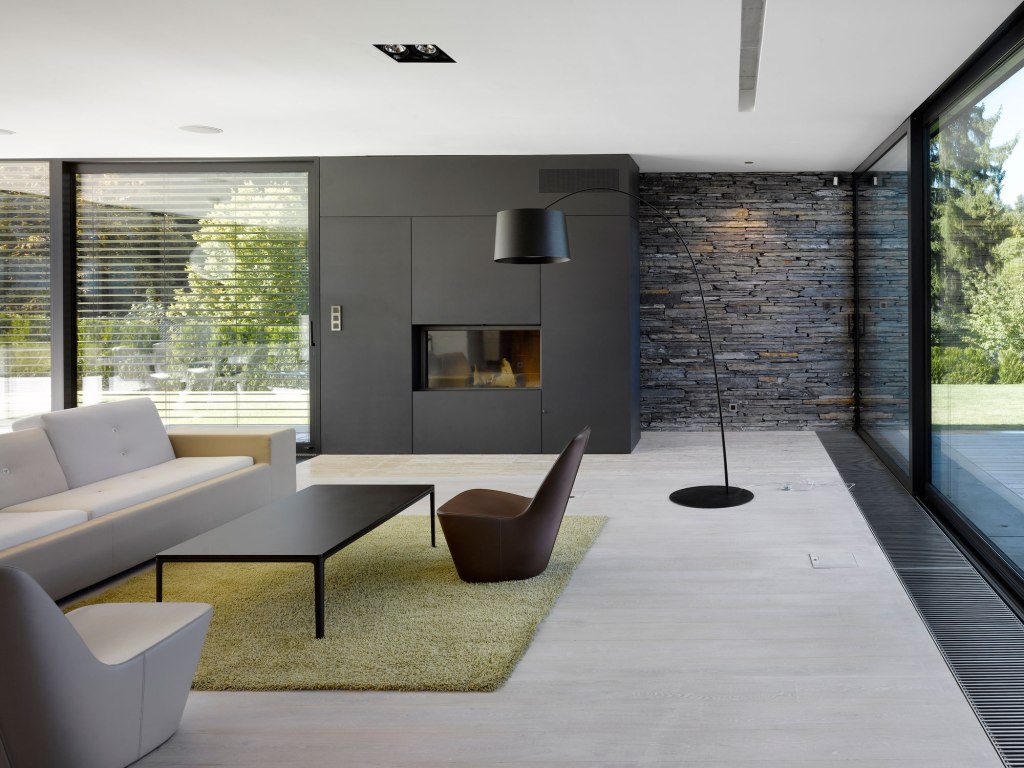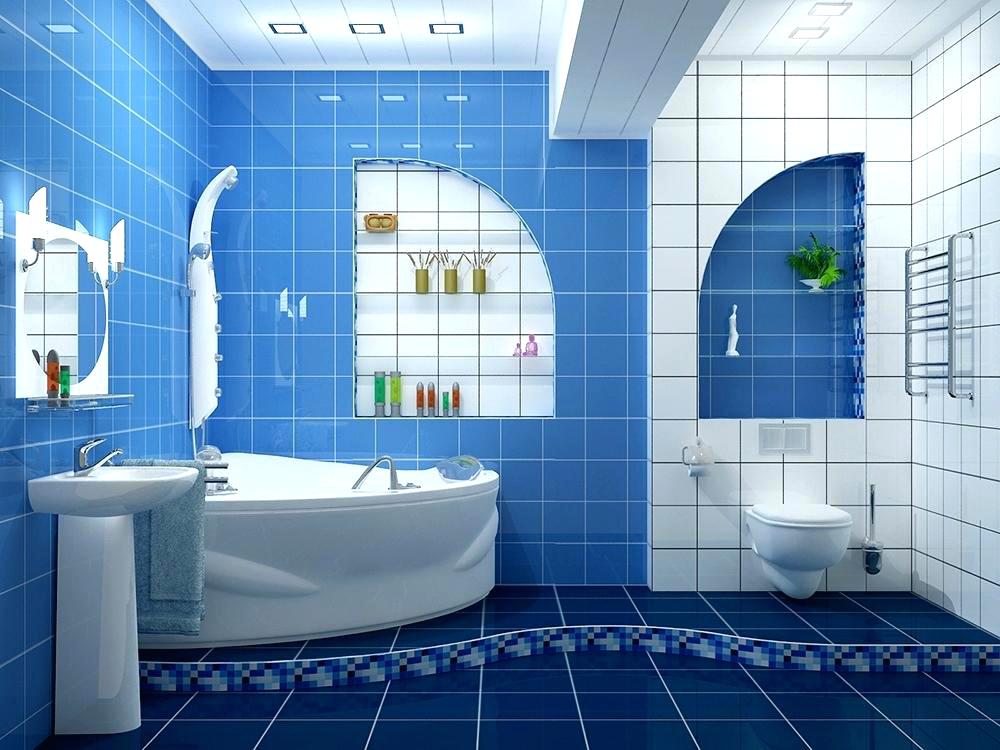
Decorating your house sure is fun! If you’ve recently moved in or are considering renovating a room it can be a super fun way to express your personality in the form of art and interior. From picking flooring and painting the right colors on the walls to adding appropriate furniture and sleek fittings, the end result is always a masterpiece. However, one thing that requires the most attention is the kind of tiles we use for the floors in our living room. We give most of our attention to the kitchen and the bedroom that we totally forget about our living room and how much of an impact the floor can have on the overall interior. In fact, tiles could be a makeup or break-up point in your living room, therefore, it is essential that you do a good job with it.
If you’re struggling to find the best tiles for your living room, don’t worry we have got you covered. To begin with, we suggest you create a budget and then look around for some tiles. If shopping in person is not convenient for you (especially with the pandemic), opt to buy metro tiles online or any type of tiles that you think will work best for your room.
This article will go over some possible tile options that can be best for your living room.
Remember, before you get on to selecting your tiles and creating a budget you also need to account for any requirements you may have for your flooring. Whether it may be needing a wide color choice or something that is scratch-proof, you may want to consider your family habits before you make your final purchase. That being said, let’s dive right into the article!
Hardwood or Natural Stone Tiles
Tiles are not limited to the standard colors and styles they once had, in fact, there is so much more than you can achieve with it. Even if that involves replicating the warm look of real stone or natural hardwood while having the benefits of tiles together. Stone floors are great if you are looking for incredible durability and are in fact second to none. Whether it is marble, travertine, or granite tiles, they all look great.
If you like the look of wood but can’t deal with the maintenance opt for hardwood ceramic tiles instead. It’s durable, moisture and scratch-resistant.
Porcelain Tiles
This is the all-rounder. If strength is your cup of tea then porcelain tiles are what you need. Today, you can choose to have porcelain tiles with higher than average hardness and added moisture resistance.
These tiles are more durable than ceramic and can be found in a variety of colors and textures. Each porcelain tile has its own specs. Do be sure to check them before you buy them.
Marble Tiles
If your living room is small and you want to make it look visually bigger, try adding lighter color tiles instead. Opt for neutral colors like sand, beige or white and choose marble tiles to pull off this look perfectly. You can also choose ceramic instead, but marble tiles reflect light and are pretty hard-wearing. Not to mention, they are also quite affordable.
Seek some inspiration with this article and don’t be afraid to mix and match with your choices. Good luck!


